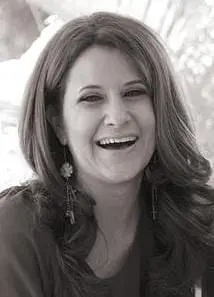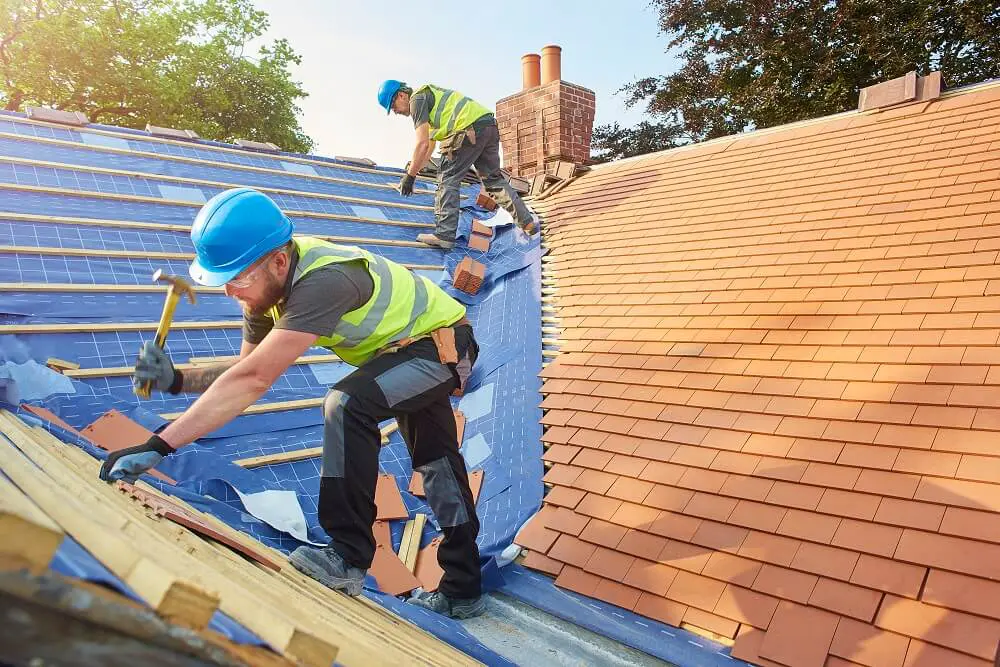
One way to break into the housing market affordably is to purchase a manufactured home. Before we dive into how to finance a manufactured home, it’s important to note what a manufactured home is.
“Today’s manufactured homes are built to code according to the United States Department of Housing and Urban Development (HUD) and look nearly identical to traditional homes in many cases,” says Brad Nelms, president and CEO of the Newport Beach-based ManufacturedHomes.com. “Manufactured homes are designed and built in a factory for efficiency then moved to a new location, but they’re no longer meant to be moved around and around.”
The major difference between a manufactured home and a site built home is a much lower price tag. According to a recent study, the cost is about 10 to 20 percent less than building a “stick-built” home.
Manufactured home builders offer buyers a wide variety of home designs and enhancements similar to traditional builders. From high-pitched roofs to multi-story homes to those outfitted with high-tech voice controls, modern manufactured homes can have anything you want.
Getting a mortgage for a manufactured home is not harder than getting a loan for a traditional home, you just have to go through a different process.
Loans for manufactured homes come from several sources: Fannie Mae and Freddie Mac, the Federal Housing Administration (FHA), the U.S. Department of Agriculture, and the Department of Veterans Affairs (VA). In some cases, you can also obtain a personal loan.
FHA Financing
Under the Title I program, the FHA insures loans on manufactured homes in the same way it guarantees loans for traditional homes. Homebuyers can use their loan to obtain the manufactured home, the lot it sits on, or both.
To get a FHA backed loan, the manufactured home must be considered real estate (meaning it’s on an approved, permanent foundation ), at least 400 square feet, and taxed as real property. In addition, the home must have been built on or after June 15, 1976, and have a HUD certification, otherwise it’s considered personal property, not real estate.
Many lenders are happy to finance manufactured homes insured by the FHA. It’s important to note, however, that these are not federal government loans or grants, they’re simply insured by the FHA. A down payment of at least 3.5 percent is required, and the interest rate, must be fixed for the entire term of the loan. FHA loans differ from traditional home loans when it comes to the length of the loan. A typical mortgage comes in a 15-year or 30-year maximum loan term. Title I loans for manufactured homes have shorter maximum loan terms:
Maximum Loan Terms on a Manufactured Home
| Manufactured home, or single-section manufactured home and lot | 20 Years |
| Manufactured home and lot | 15 Years |
| Multi-Section manufactured home and lot | 25 Years |
There are limits to how much you can borrow when buying a manufactured home with an FHA loan. Maximum loan amounts for a manufactured home are lower than a traditional home, but in high-cost neighborhoods, you may be able to drive up the maximum on your loan further.
Maximum Loan Amounts for Manufactured Homes
| Manufactured home only | $70,000 |
| Lot only | $23,000 |
| Manufactured home and lot | $93,000 |
Fannie and Freddie Financing
If you own or plan to purchase the land on which your manufactured home sits, you may be eligible for a Fannie Mae or Freddie Mac, government-backed loan. Programs offer 30-year, fixed-rate mortgages or 7/1 and 10/1 adjustable rate mortgages with low interest rates and fees.
Fannie Mae’s MH Advantage mortgage is designed specifically for those who plan to own their manufactured homes as well as the land. It requires:
- a down payment as low as 3 percent
- an MH Advantage sticker that guarantees the home has many of the same characteristics as a site-built home
- the home must be at least 12 feet wide and a minimum of 600 square feet
- the home must be attached to a permanent foundation
Like Fannie Mae, Freddie Mac loans also require that borrowers own the land, but these allow the homeowner to use the manufactured house as a second home. These loans have a wide range of terms—some are fixed-rate mortgages, others are 7/1 and 10/1 adjustable-rate mortgages. Other requirements include:
- a down payment of at least 5 percent
- the home must not be considered an investment property
- the home must be certified to show the foundation meets HUD requirements
USDA Loans
Buyers who don’t have the money for a down payment may want to consider a loan from the U.S. Department of Agriculture. Like FHA loans, the USDA insures the loan from a participating lender, allowing you to access low interest rates.
Referred to as “zero money down loans,” they’re similar to other programs in that they require the home sit on a permanent foundation and both the land home must be financed together. There are also income limits to qualifying for a USDA home loan but those vary by location and depend on several factors, such as the size of your household. Some of the additional restrictions on USDA loans include:
- the home must be less than one year old and at least 400 square feet
- the home must be certified to show the foundation meets HUD requirements
- a credit score of 640 or higher ensures streamlined processing; anything less must meet more stringent standards
VA Loans
Veterans may be eligible for loans from the Department of Veterans Affairs (VA). VA loans for manufactured homes are generally harder to get than loans for conventional homes, especially if you have a low credit score.
Some of the benefits of VA loans include lower interest rates than conventional loans and zero down payments. While there’s no mortgage insurance requirement, there is a funding fee between 1.25 and 3.3 percent to cover the cost of foreclosures.
Like other financing options, the home must be attached to a permanent foundation and sit on land the borrower owns. There are no minimum credit score requirements, but loan amounts may not exceed 95 percent of the purchase price. As far as terms go, here are the maximums:
| Single-wide unit with or without lot | 20 years, 32 days |
| Double-wide unit only | 23 years, 32 days |
| Double-wide unit and lot | 25 years, 32 days |
| Lot only | 15 years, 32 days |
Loans on Personal Property
If the manufactured home is considered personal property or chattel, or if you’re having difficulty getting financed, you may want to consider a personal loan. These loans require at least 5 percent down and rates are generally higher. On the flip side, there’s no property approval involved. The loan is based on your ability to pay back credit, not on the condition or age of the home. You may be able to obtain faster financing, sometimes in one week or less. This is a great option if your manufactured home is on wheels or you simply can’t get it financed any other way. Terms and maximum loan amounts depend on your credit history and require negotiation with your lender.
Home Equity Loans
Once you’ve owned a manufactured home for a while, you may start thinking about doing some remodeling. Some experts say that it’s hard to get a home equity loan or line of credit because manufactured homes depreciate faster than traditional homes. While that’s generally true, it is possible if you meet several criteria.
First, you can’t be underwater on your mortgage. Showing a history of up-to-date payments will be key. You also need to own the land your manufactured home sits on, and it needs to have a permanent foundation. Whichever route you go to get your manufactured home financed, it’s a good idea to work with a lender that specializes in loans for manufactured homes. They can help you navigate your way through the process and know the nuances of financing a manufactured home better than lenders who mostly finance traditional homes.

Ana Connery is former content director of Parenting, Babytalk, Pregnancy Planner and Conceive magazines as well as parenting.com.
While editor in chief of Florida Travel & Life magazine from 2006-2009, she covered the state’s real estate and home design market as well as travel destinations.
She’s held senior editorial positions at some of the country’s most celebrated magazines, including Latina, Fitness and Cooking Light, where she oversaw the brand’s “FitHouse” show home.
Ana’s expertise is frequently sought after for appearances on “The Today Show,” “Good Morning America” and CNN. She has interviewed the country’s top experts in a variety of fields, including U.S. Secretary of Education Arne Duncan and First Lady Michelle Obama.
 Tiny Houses 101: What’s the Big Deal?
Tiny Houses 101: What’s the Big Deal?